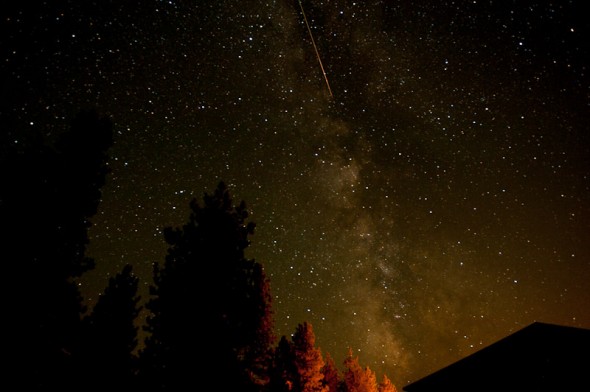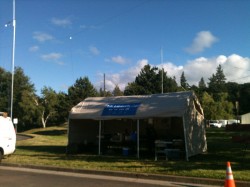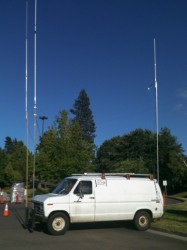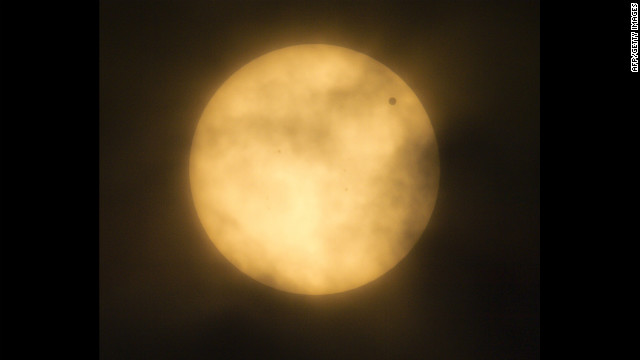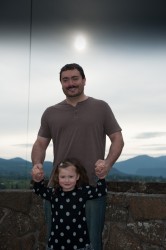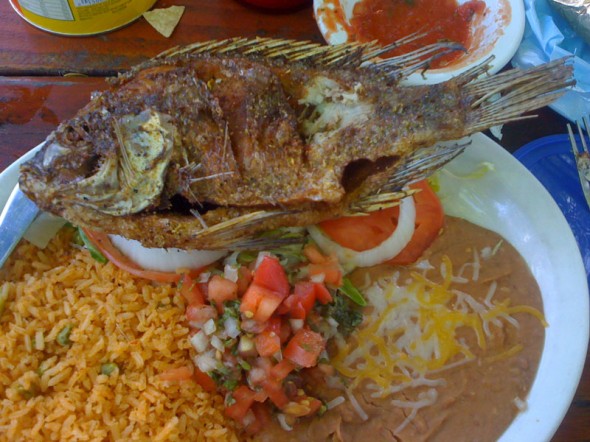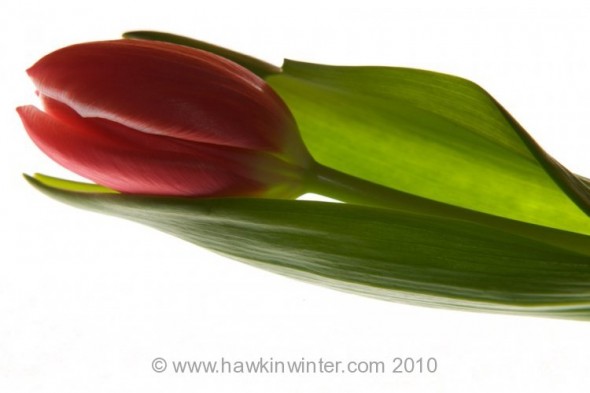I attended a star party last night in Trout Lake with Jim White, our local astronomer. Once again, he brought his 20″ Newtonian reflector telescope and showed us a variety of deep space objects: nebulae, distant galaxies (including M101 and M51), open and globular clusters, etc. The weather was perfect with not a single cloud in the sky. We also were fortunate to have a new moon, with the only source of light pollution being a tiny light at the nearby school. The Perseid Meteor shower was peaking last night, so I brought my camera and set it up for automatic interval shooting. I shot about 200 frames, but only a few captures meteorites. Due to the randomness and brevity of these showers, it was mostly luck and a ton of patience that allowed me to capture anything at all.
Some Tips
Just in case you’re interested in my technique (or lack thereof) here are a few pointers on what I did.
- Use a sturdy tripod – this cannot be emphasized enough
- Remove any filters from the lens that could block light (neutral density, polarizer, etc.)
- Try to focus at infinity or on a distant source of light. Use manual focus.
- Wide open aperture
- Use a relatively high ISO without generating too much noise (I used 640)
- 30 second exposure (go longer and the rotation of the Earth will blur the stars)
- Set interval shooting to occur in rapid succession
